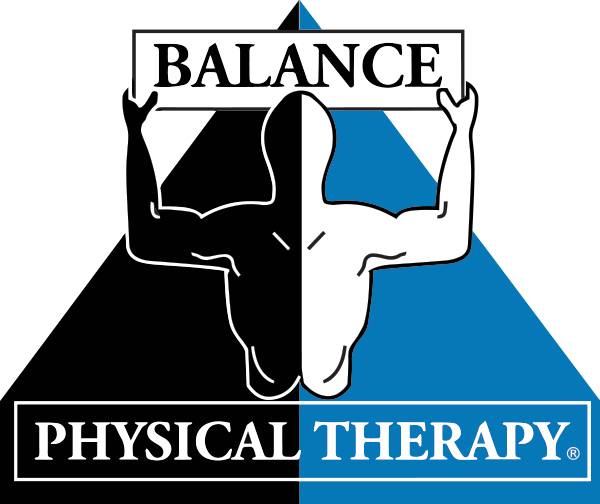Utilizing the Potential of Guided Training to Reduce Challenges and Improve Level of Living in Populations with Chronic Breathing Diseases
Persistent pulmonary diseases, such as asthma and persistent obstructive respiratory illness (COPD), impact millions of people worldwide. These disorders can make it challenging for people to inhale properly, leading to a reduction in exercise and overall quality of life. However, research has shown that engaging in regular physical activity can significantly ease effects of these conditions. Exercise helps strengthen the pulmonary muscles, enhance lung function, and boost overall stamina. By incorporating physical activity into their regular habits, patients with long-term respiratory conditions can enjoy improved health and increased well-being.

One way that physical activity supports those with long-term respiratory disorders is by enhancing respiratory function. When individuals exercise, their lungs increase activity to deliver Oâ‚‚ to the organism. This can lead to enhanced lung capacity and functionality over time. Exercises such as strolling, swimming, or stationary cycling can be especially advantageous. They enable individuals to incrementally increase their physical capacity without overwhelming their bodies. As a outcome, individuals may experience they can complete everyday tasks with less effort and experience reduced episodes of shortness of breath.
Moreover|Additionally|Furthermore, physical activity can have favorable effects on emotional health as well. Chronic breathing diseases often bring feelings of nervousness and low mood due to persistent health challenges. Routine exercise encourages the release of neurochemicals, which are molecules in the central nervous system that support boost mood and alleviate stress. Engaging in social exercise sessions or classes can also offer peer interaction and diminish perceptions of social disconnection. This feeling of belonging can inspire individuals to remain engaged while also enhancing their mental health.
In addition to physiological and mental health advantages, movement can promote better control of effects associated with chronic pulmonary disorders. For instance|For example|Specifically, individuals who participate in routine physical activity may experience less frequent flare-ups and lessened magnitude of symptoms like persistent cough and respiratory wheeze. It is important for those with these browse around this web-site diseases to work with healthcare professionals before starting an activity regimen. A medical professional or physical therapist can assist them in identifying appropriate activities that fit their personal needs and limitations.
Finally|In conclusion|Ultimately, including movement into daily life does not have to be overwhelming or daunting. Modest modifications, such as taking the stairs instead of the lift, walking during lunch breaks, or participating in yoga sessions, can produce notable benefits over time. Creating realistic goals check out here and progressively building physical activity can help individuals to maintain commitment and achieve long-lasting results. With commitment and the proper assistance, people with chronic respiratory conditions can utilize the potential of exercise to alleviate their effects and enhance their quality of life.